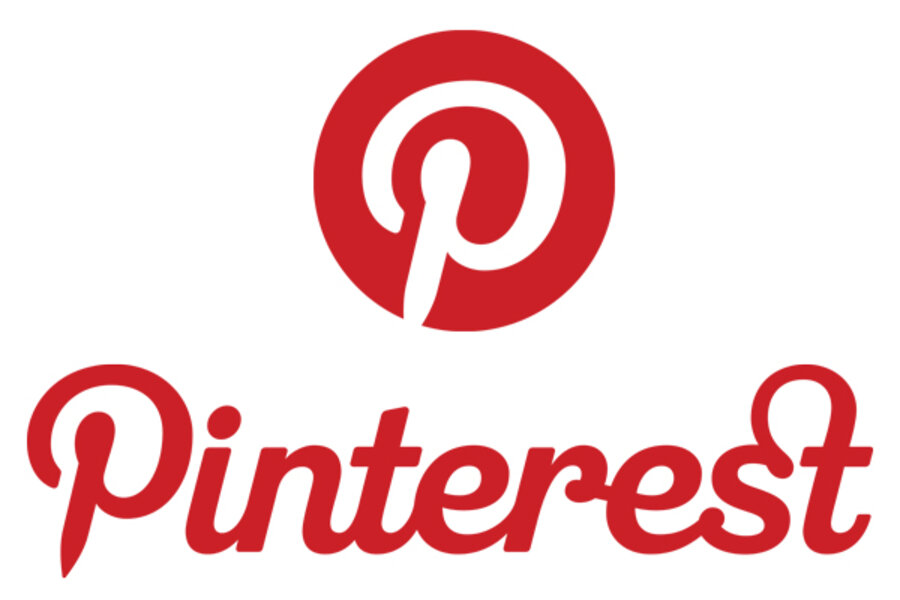How Pinterest combines the best parts of Facebook, Tumblr, and Etsy
Meet Pinterest, the social network-cum-virtual pinboard that’s taking the Web by storm.
With more than 7 million unique users, Pinterest has built up surprising momentum since its 2009 inception. That’s because Pinterest has evolved into a gargantuan catalog of photos and products that combines the best aspects of Facebook, Tumblr, and Etsy.
At this point, Pinterest is still invitation only. (Desperate requests for an invite are scattered throughout the Web.) But those who secure a spot through Facebook, Twitter, or e-mail are thrust into a world that combines Facebook’s Like feature with the image-heavy aesthetics of a blogging site like Tumblr.
New users start out by identifying their favorite categories, from women’s apparel to architecture to film. From there, the site scoops up photos and videos geared toward the user’s preferences. If a particular image inspires or tickles you, you can re-pin it to your profile, therefore sharing it with your Pinterest friends.
Users aren’t limited to what Pinterest suggests, either. You can pin just about anything that’s online, or upload your own material, meaning the site has a nearly unlimited vault of items.
Pinterest also allows users to add, customize, and rearrange their Boards, where pinned items lived. Do you like looking at (and drooling over) food? Add a Board named “Food That Looks Too Good to Eat.” Like daydreaming about faraway places? Add a Board named “Places I’d Die to Travel To.” There’s no limit to the number of Boards users can create.
Tumblr also builds itself around posting and sharing images, but Pinterest takes things one step further by including a Gifts section. Divided between $1-20, $20-50 and so on – leading up to $500-plus – Gifts is a virtual shopping mall, chock-full of shoes, clothes, jewelry, and even wedding dresses. With a click of the item’s photo, users are directed to a site where they can place an order. (This can be a gentle hint to your Pinterest friends about what you want for your birthday, or a place to shop for yourself.)
This shopping theme has attracted an overwhelmingly female audience. Around 97 percent of Pinterest’s Facebook fans are women, according to the research company Inside Network. (Other, less-specific studies place its total user base around 80 percent female.) Regardless, Pinterest’s shopping angle has attracted the attention of sites such as eBay and Amazon, which have partnered with Pinterest to add their links to certain pins, reports CNNMoney. But for now, Pinterest isn’t dominated by popular shopping sites – lesser-known designers and shops have flooded the site with handmade crafts and clothes for sale.
Users can also download the Pin It bookmarklet to their Web browser, which creates a one-click way to pin something from the Internet directly to your Pinterest board. Pinterest also has iPhone app.
Pinterest continues to pique the interest of designers and bloggers, giving scrapbooking a modern twist – and for users, another form of Internet expression.
For more tech news, follow us on Twitter @venturenaut. And don’t forget to sign up for the weekly BizTech newsletter.







